No other major sporting competition can trace its lineage as far back as the Olympic Games. The genesis of this prestigious tradition stretches all the way back to antiquity, and many of the events played at the modern Games have remained fundamentally unchanged since the days of the ancient Greeks.
However, while the sports themselves may not have changed all that much, the environment in which they are played has evolved dramatically. Technology now plays a central role in every aspect of our lives, and new advancements have revolutionised the way we live, work, relax and socialise.
Bringing live feeds of the games to smaller broadcasters
The sporting industry offers a shining example of this phenomenon in action. It’s one of the largest sectors in the world, and successive tech developments have played a key role in its growth. From live radio and television broadcasting to data science and analytics, sports organisations have been able to leverage new technologies for enormous benefit for themselves and sports fans across the world.
Video distribution is perhaps the most visible example of this; in combination with more traditional media channels, digital live-streaming capabilities now enable sports broadcasters to reach fans wherever they are in the world. This was demonstrated during this year’s Olympic Winter Games in Beijing, where the International Olympic Committee’s partnership with Alibaba Cloud enabled Olympic Broadcasting Services to support broadcasters globally with live footage from events.
Previously, broadcasting live event coverage relied on expensive satellite links and dedicated international telecom lines, as well as significant investments in onsite hardware, setup time and technical support. As such, coverage of the Games was restricted to larger organisations which could foot the bill and spare the time to establish the necessary infrastructure.
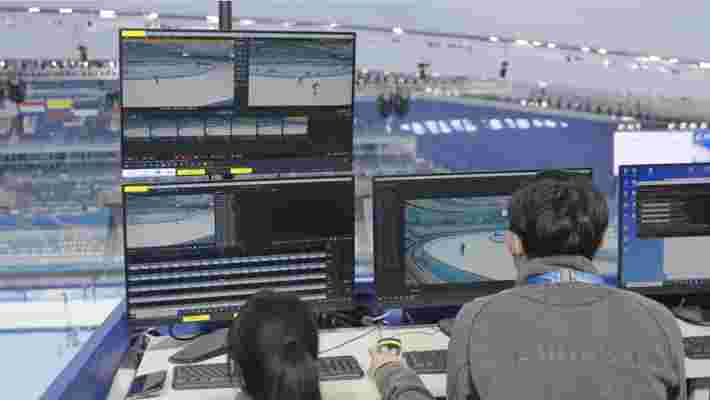
This year, however, OBS Cloud gave media organisations access to live, multi-camera feeds at a fraction of the cost and with minimal physical equipment, in addition to the latency and scalability benefits inherent to cloud-hosted architecture. Not only did this result in more stable and reliable video footage, it also greatly levelled the playing field for broadcasters, allowing smaller organisations to utilise live footage.
“Amid the backdrop of COVID-19, our partnership with Alibaba Cloud has continued to transform the way we broadcast the Olympic Games,” said OBS CEO Yiannis Exarchos. “OBS Cloud is one of the most profound technological changes to our operation: it not only offers broadcasters unprecedented efficiency, but also enables endless opportunities for innovation and to seamlessly deliver the excitement of the Olympic Games to the widest possible audience.”

Managing real-time intelligence using the cloud
Fan engagement is another key component of modern sporting culture, and digital platforms are a widely used part of sports organisations’ strategies for forming deeper relationships with their followers. This can include everything from forums and community spaces where fans can share their love of the game, to cutting-edge solutions like Alibaba’s virtual influencer Dong Dong or its Cloud ME remote social experience, a cloud-powered realistic projection that facilitates remote social interactions to give fans new ways to connect with the sport and with each other.
Sports organisations have also adopted technology to introduce efficiencies to the business and logistics side of the industry. The running of a sporting event relies on a vast number of moving parts; ticket sales need to be tracked, competition scheduling must be well-managed, and the needs of the teams themselves must be supported and taken care of.
This is complicated enough for something as comparatively straightforward as a football match, but for an operation as vast as the Olympic Games, it’s another matter altogether. Rather than representatives from a handful of Hellenic city-states, the Games now feature tens of thousands of athletes, officials and support staff, not to mention countless fans attending and watching from around the world.
The ability to manage real-time intelligence is a crucial factor in balancing these different variables, and the sports industry at large has enthusiastically adopted cloud-based intelligence analytics platforms as a way to accurately make decisions based on these metrics. Real-time intelligence analysis allows organisations to respond rapidly to changing circumstances and approach situations in a more agile way.
The IOC is no stranger to these challenges. Keeping the Games running smoothly requires precise and careful coordination, and relies on multiple technology platforms working in tandem. For the 2022 Olympic and Paralympic Winter Games, this included the Games Management Systems (GMS), Olympics Management Systems (OMS) and Olympics Distribution Systems (ODS), all of which were designed by the IOC’s worldwide IT partner Atos and deployed on Alibaba Cloud to meet the logistical and management challenges of running such an enormous and demanding event.
Making the Olympic Games more sustainable
The intelligence derived from these cloud-based systems hasn’t just helped organisers to plan this year’s Games, however; it’s also going to enable future host cities to plan their own logistics much more effectively, giving them the tools and insights to effectively redeploy existing infrastructure or assets, minimising the investment necessary to build them from scratch.
“Beijing 2022 should champion innovation as well as sporting success,” said IOC CTO Ilario Corna. “I am thrilled to see that the cloud-based technology in action at the Olympic Winter Games not only benefits athletes, fans and operating staff, but also helps us to honour our ambition to ensure the Olympic Games are at the forefront of sustainability.”
Digital transformation has had a profound impact on the entire landscape of the modern sports industry, as well as on society as a whole. As one of the world’s most recognisable sporting institutions, the Olympic Games’ adoption of this new paradigm demonstrates just how central cloud technologies have become to bringing fans truly timeless sporting moments which are inclusive, agile and connected.
Why AMD could be Mercedes F1's most important partner this season
When it comes to Formula 1, as the old saying goes, speed is everything.
In what is proving to be an eye-opening season of transition and excitement, having the edge over your rivals has never been more important, as a new set of rules and regulations has shaken up the grid.
Having taken the last eight constructor world championships, Mercedes F1, home to seven-time drivers champion Lewis Hamilton, has struggled hugely so far this season, trailing far behind Ferrari and Red Bull.
EPYC speeds
However, the team knows it can still turn to one of the leading computing firms to help give it an extra level, having revealed more on its extended partnership with AMD.
The semiconductor company has provided its second-generation EPYC processors to help boost the team's aerodynamic testing, a vital part of developing a potentially race-winning car.
“We are proud to partner with the reigning Constructors’ Champions, the Mercedes-AMG Petronas Formula One Team, operating at the cutting edge of racing and technology,” said, Dan McNamara, SVP & GM, Server Business Unit, AMD.
“For F1 teams, having the most effective computational analysis of aerodynamics can mean the difference between winning and losing a race. With AMD EPYC processors, the Mercedes-AMG F1 team can iterate on vehicle design faster and more efficiently than their previous system.”
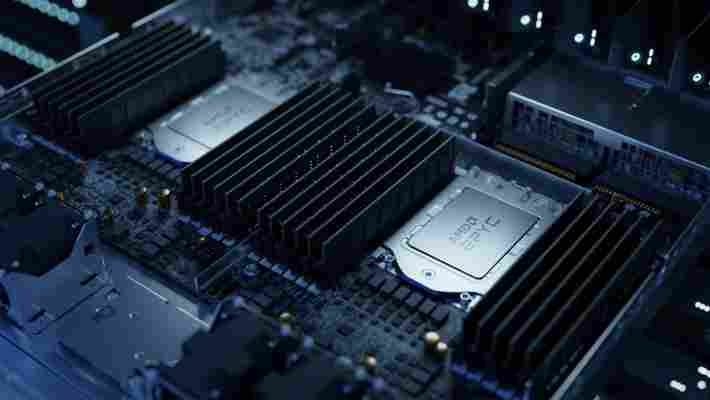
In a blog post expanding on the news, AMD noted how Mercedes F1 has been able to achieve a 20% performance improvement for computational fluid dynamics (CFD) workloads that were used to model and test aerodynamic flow of their F1 car by using its EPYC processors.
With gigabytes of data resulting from wind tunnel tests and modelling runs, aerodynamics have never been more valuable for a Formula 1 team, especially now the sport's ruling body, the FIA, has brought in strict rules governing how much testing can be done in an attempt to level the playing field between rich and poor teams.
This includes a budget cap of $140 million on computational resources spending, which includes the money spent on servers - with this amount set to fall to just $135 million in 2023. Around 1,800 new geometry simulations are allowed across an eight-week testing period, so wringing out every piece of information is vital.

Having signed a three-year deal to use the second-generation EPYC hardware, Mercedes is now hoping for an uptick in fortunes on the track as Hamilton and team-mate (and fellow Brit) George Russell look to boost results.
“AMD EPYC processors offer us a platform that delivers aerodynamic performance day after day at the highest possible level while meeting our goal of faster turnaround time for design iteration,” said Simon Williams, Head of Aero Development Software at Mercedes-AMG Petronas F1.
“Incredibly, we gained a 20 percent performance improvement over our previous system which has cut our CFD workload time in half. This is a big step compared to the past one or two percent gains seen with previous systems.”
The cheapest MacBook Pro deals in May 2022
It's difficult to find a truly cheap MacBook Pro. Of course, these are premium devices and the jewel in Apple's lineup of luxury laptops. That means they don't tend to go on sale and hold their value well throughout their lifecycle. That said, recent price drops show that MacBook Pro deals aren't as rare as they once were with some big savings available if you buy at the right time.
Considering that the price of a MacBook Pro already starts high, that gives retailers plenty of scope for discounts during sales events. However, demand is equally high for these machines - which means there are fewer cheap MacBook Pro deals during the rest of the year.
That's not to say a discount isn't out there, though. In fact, we've seen the M1 range of MacBook Pros almost constantly for less than the recommended price since release. And that's across the full range: including the MacBook Pro (14-inch) and MacBook Pro (16-inch) that feature the latest M1 Pro and M1 Max chip.
When you buy a MacBook, you go in knowing you want the best there is in a high-end laptop. It's why Apple devices regularly sit at the top of our best laptops guide. But that doesn't mean you should pay more for it than you have reason to. Check out all the latest MacBook Pro deals below to get one for the best price today. And if you'd still prefer to save more money, you could check out the other non-Pro MacBook deals or maybe even one of the many other cheap laptop deals we've spotted.
The best MacBook Pro deals
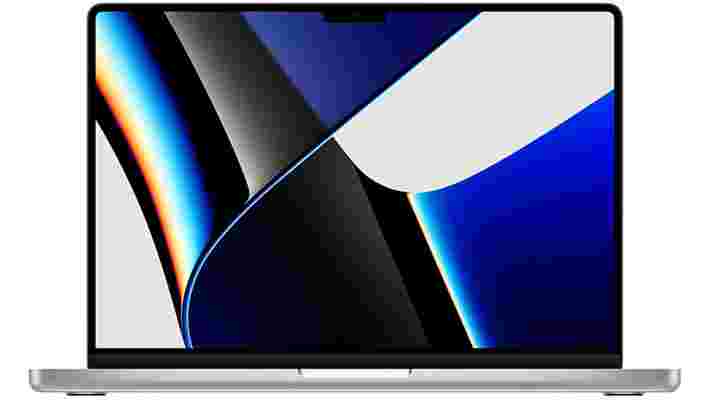
The MacBook Pro 14-inch (2021) is a standout device for creative professionals. This is a compact and powerful laptop that comes with a considerable number of ports so you can finally leave all those dongles and hubs in the cupboard. The latest M1 Pro chip is at its core, which offers fine-tuned performance that takes it leaps and bounds above the competition. The battery life impresses, too, while the crisp Liquid Retina XDR display is one of Apple's best screens yet.
This device is probably a touch more than necessary for the general user: both in terms of power and price. Those still looking to jump onto the Apple ecosystem but don't need quite as much performance and features would be better to consider the MacBook Air or even an iPad.
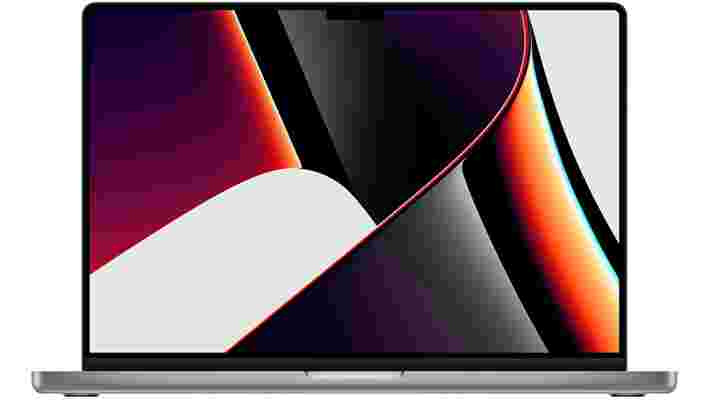
The MacBook Pro 16-inch (2021) simply can't be beaten right now when it comes to top tier laptops. Apple's huge overhaul of the 2019 MacBook Pro comes with a substantial boost in power through the M1 Pro or M1 Max chip, it sports a stunning mini-LED display and comes packed with a host of other most-wanted new features.
After a more static workstation? You'll appreciate the jump up to a 16-inch screen. Though, of course, the 14-inch is a lot better for portability. It's also substantially cheaper, too, so those who don't need all the excessive power and are on a smaller budget will do just as well going for the smaller version.
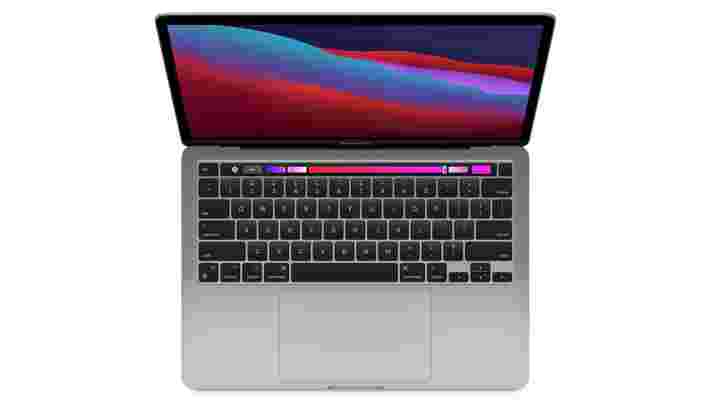
The M1 MacBook Pro (13-inch) offers a stark upgrade in processing power at a similar price range to the previous 2020 Intel model. Overall, it's a better buy, especially seeing as prices for both devices are often very similar. However, you might find more MacBook Pro deals on the earlier model now that this latest device is in the wild.
That means you'll want to decide whether you go for a potentially cheaper price point with the previous generation or a considerable performance upgrade with Apple's own chip. We've already seen some surprise price cuts over Black Friday - mere weeks after the latest MacBook Pro was released, however, which means the latest model may be more affordable than you think. Plus, with cheap MacBook Pro deals landing on these models as we move into 2021, things are looking particularly affordable right now.
The new MacBook certainly delivers on Apple's promise of a revolutionary experience. The performance sees a considerable boost from the new M1 hardware, even running legacy apps designed for previous Intel machines. Things still look pretty similar from the outside, but you're running a seriously powerful machine here, with a price that even manages to undercut other high-end ultrabooks in value.
The 13-inch MacBook Pro was the model of choice for most creative professionals due to its balance between power and affordability, so it's understandable that some frustration lingered from the baseline model's use of an 8th generation Intel processor.
Entry level buyers, therefore, will be working with a pretty old CPU that may not be able to hack the latest heavy duty programs. However, with improved RAM speeds, double the storage on offer, and an improved keyboard all at the same price as 2019's instalment, the trade off may well be worth it.
With new 14-inch and 16-inch models available now, though, as well as better discounts on the 13-inch MacBook Pro with M1 chip, this one is hard to recommend nowadays unless it's very cheap.
Where to find cheap MacBook Pro deals
If you're after more cheap MacBook Pro deals, you can head straight to the retailers themselves. Here we've brought you all the best places to check out if you're looking to score a saving on Apple's luxury laptop line.
US:
UK:
Can you buy a cheap MacBook Pro?
A cheap MacBook Pro is relative - these computers are by no means made for budget-minded shoppers. However, with MacBook Pro deals dropping more and more cash off these luxury laptops each year, there's certainly hope for picking up a discounted model these days. Whether you opt for a reduced entry level current gen laptop, or an older but refurbished model, you can find cheap MacBook Pros available for under $1,000 if you're shopping at the right time, or willing to drop enough new features.
Is the Macbook Pro price worth it?
The Macbook Pro is made for its power users. With a price point that can make everyday laptop users wary, Apple's range of lightweight super computers can seem inaccessible. If you're looking for a laptop that can handle anything, though, and will be able to handle anything for a long time into the future, then this is the laptop for you.
While the Macbook Pro might have a heady overhead cost, it's an investment that will last you longer than other only slightly cheaper laptops will. So, if you're a creative or looking to power through high performance apps and complex workflows the Macbook Pro price is absolutely worth it. If you want to check your emails and watch Netflix, you might be better off elsewhere.
MacBook Pro trade-in: how to get a good deal
Using a MacBook Pro trade-in scheme to shave some cash off your new purchase has its upsides and downsides. While they can certainly take a considerable amount off your final price and they're far more convenient, you can often claim far more cash for your old laptop by selling your MacBook by yourself. That's because these luxury computers rarely lose their value once they're on the market.
However, if you're simply looking to save as much as possible on cheap MacBook Pro deals, your best bet is to head straight to Apple for a trade-in evaluation .
MacBook Pro student discount: what offers are available?
MacBook Pro student discounts can also save you extra cash on your new laptop. Offers vary by country, but currently US students, school staff, and parents can save $100 on a MacBook Pro laptop, meanwhile in the UK you can save 10% on Apple products with the appropriate student ID. Combine this with Apple's (albeit rare) MacBook Pro sales and you're onto a hefty saving.